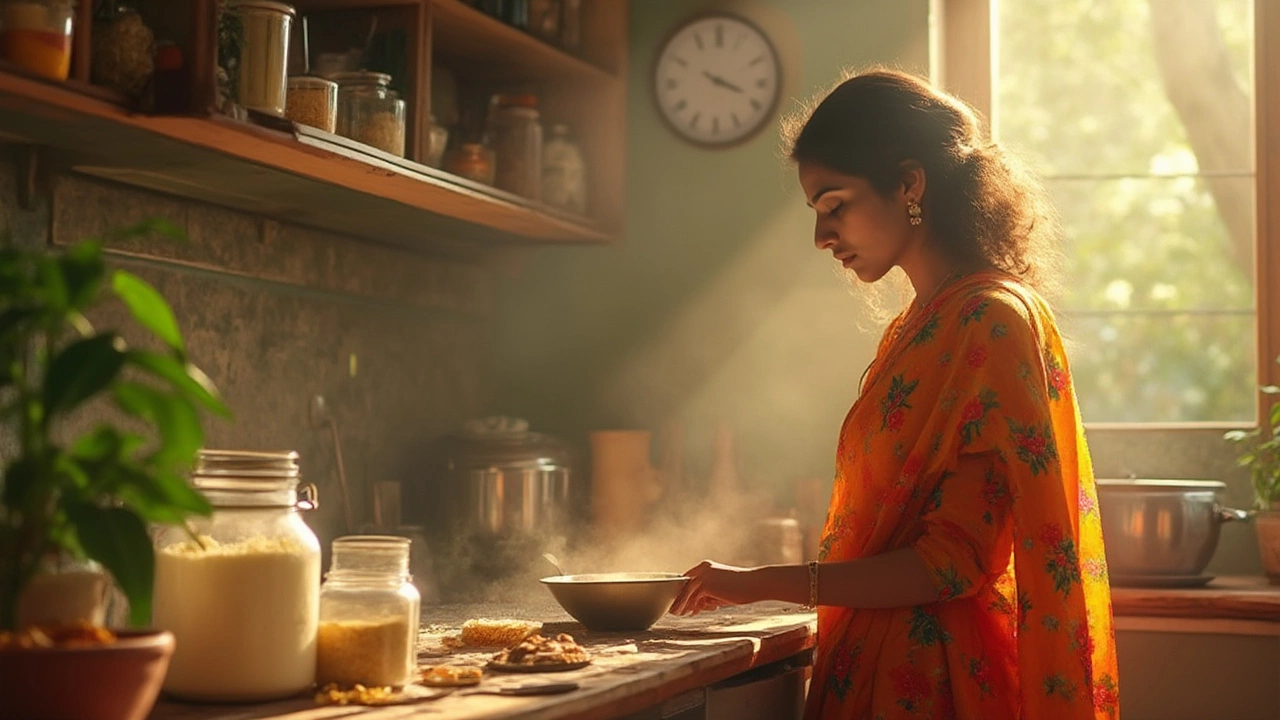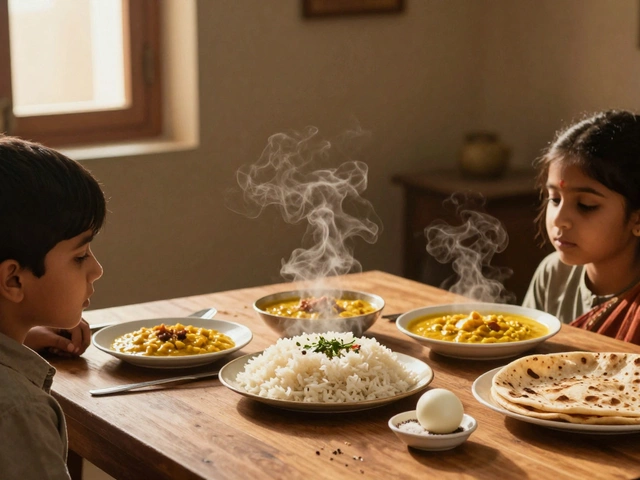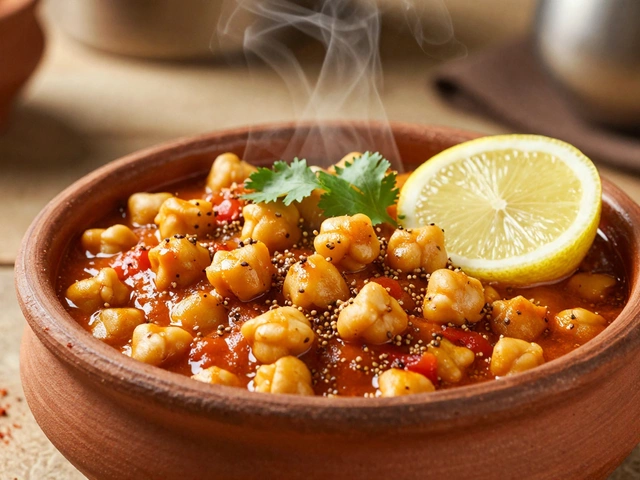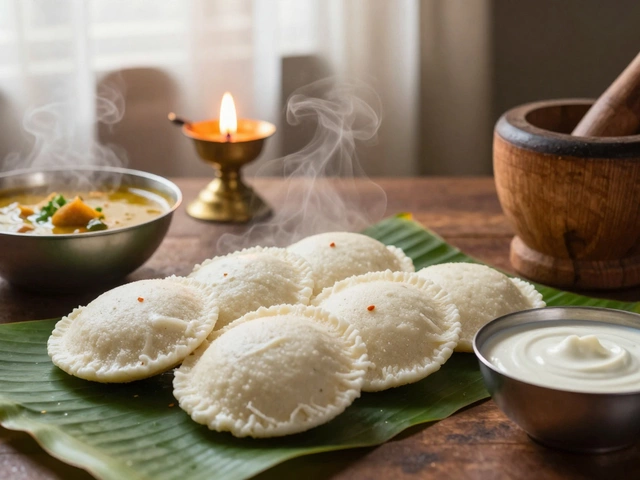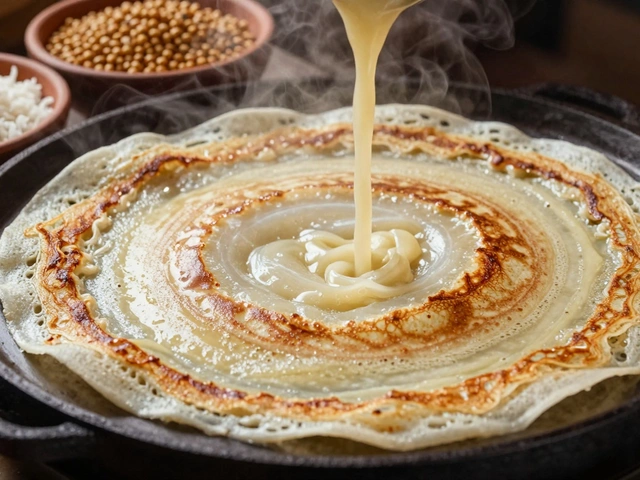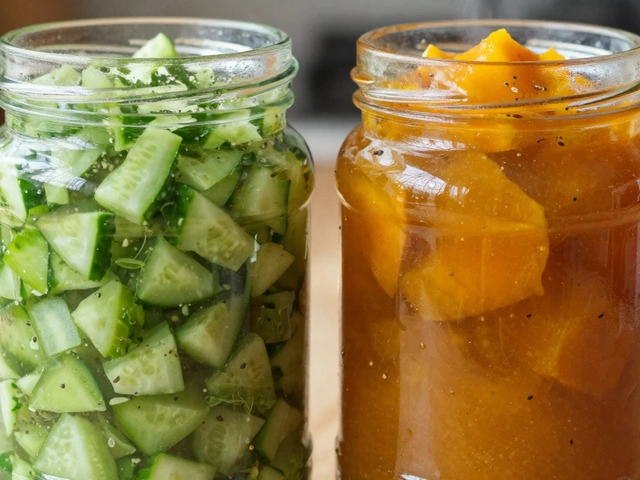If you've ever tried making South Indian dosas at home, you've probably hit the same frustrating wall: that long, agonizing wait for the batter to ferment. Traditional dosa batter takes at least 8-12 hours to ferment, sometimes overnight, leaving you staring at your bowl, wishing for a fast-forward button. What if you could pull off healthy, tangy dosas in just an hour? Is there magic (or science) to cut the wait? Let’s get real: the answer is both yes and no, and the hacks are a mix of clever shortcuts and enthusiastic kitchen science.
The Science of Dosa Fermentation
First things first—what happens when dosa batter ferments? The basic ingredients are rice and urad dal (black gram split lentils). When soaked, ground together, and left to rest, naturally occurring wild yeasts and lactobacilli get busy eating sugars in the batter, releasing carbon dioxide and acids that give dosa its signature tang and softer texture.
Temperature is everything here. The higher (but not too high—think 30-40°C or about 86-104°F), the faster these good microbes work. In many Indian homes, the batter ferments faster in warmer climates; in cooler weather, it drags on forever. Adding salt at the right stage does more than add taste—it slows down some unwanted bacteria and encourages the right kind of fermentation for that classic flavor.
Experts say the sour tang and nice bubbly rise in dosa batter come from several species: Lactobacillus mesenteroides, Leuconostoc, Streptococcus, and Saccharomyces cerevisiae (a kind of yeast also used for bread). A study from the Central Food Technological Research Institute once noted dosa batter's pH drops from around 6.5 to as low as 4.0 during a full fermentation—a shift that takes time if you rely on traditional bacteria alone.
So, can we harness that geeky kitchen science to speed this up? Let's explore every trick and shortcut ever whispered in kitchens and tested in home labs.
The Quick-Ferment Mindset: Modern Kitchen Shortcuts
If you’re desperate for that instant dosa fix, your best bet is thinking outside the traditional process. Instead of waiting for wild yeast and friendly bacteria to multiply at their own pace, what if you introduced store-bought help or tweaked the environment to be super microbe-friendly?
The fastest known trick is to add a bit of active dry yeast right at the start. About 1/4 to 1/2 teaspoon for every 2 cups of batter does the trick. Mix it in warm water—not hot, or you’ll kill the yeast. This shortcut jump-starts the fermentation, giving batter a noticeable rise and tangy flavor within 40 to 60 minutes. Some folks even mix in a spoonful of plain yogurt for extra acidity and bacterial boost.
On colder days, you can hack your environment. Preheat your oven for just 2 minutes, switch it off, then slide in your covered bowl of batter. If your oven has a light, just switching it on provides all the warmth the batter wants. Don’t forget: heat speeds things up, but above 45°C (113°F), both yeast and bacteria might die off or produce off flavors. Another kitchen appliance favorite? The Instant Pot on “Yogurt” mode—consistent gentle heat that can help kickstart fermentation in just an hour.
There's a reason instant dosa mixes fly off Indian grocery store shelves: they skip fermentation chemicals altogether. If you’re in a rush, dosa with no fermentation using rice flour, semolina, and yogurt or citric acid will give you something that tastes close, but not excitingly authentic. Sure, the flavor and fluff aren’t exactly the same as traditional—but when time is short, these instant batters are better than nothing.
- Add 1/4 tsp instant dry yeast per 2 cups ground batter + warm environment = fastest hack
- 1-2 tsp sugar feeds yeast if batter is too bland, but not more
- Preheated oven (switched off) or Instant Pot “Yogurt” setting = ideal warmth
- Include a spoon of yogurt for extra tang (especially good if aiming for softer dosas)
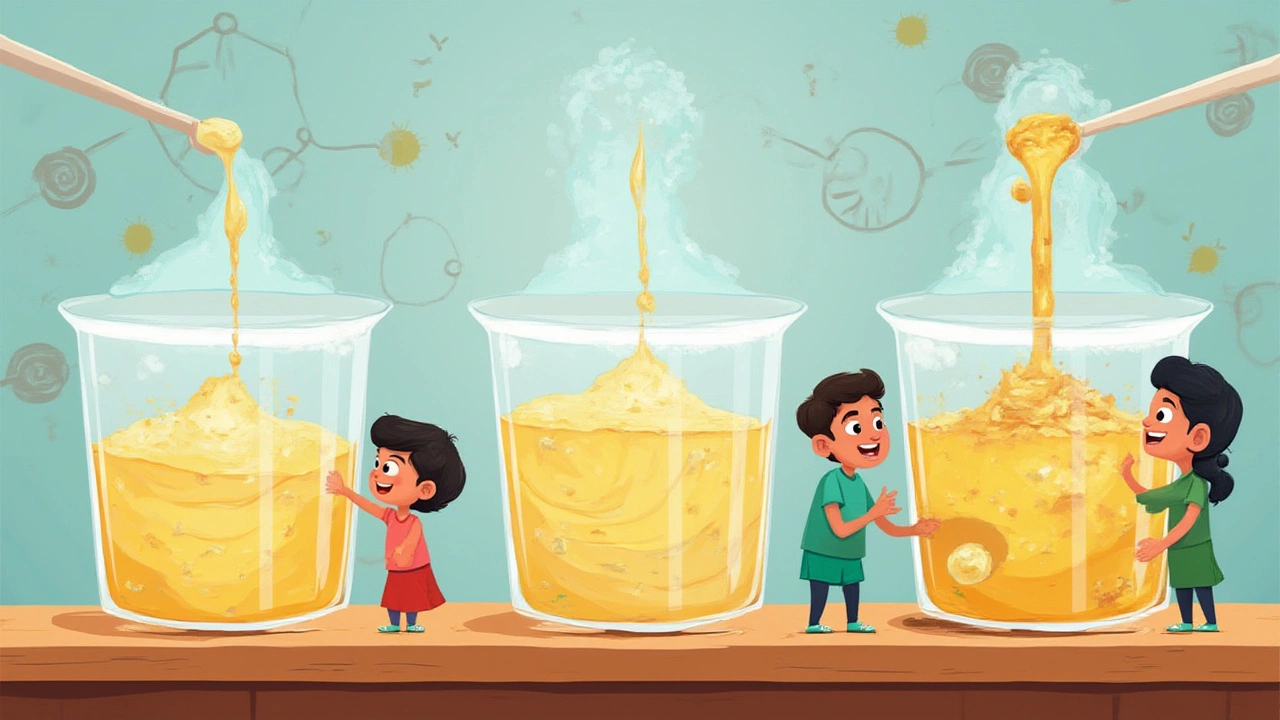
Real-World Results: Does One-Hour Fermentation Deliver?
I’ve tested this one-hour fermentation so many times at home, chasing the perfect South Indian-style dosa, especially on cold, rainy days with hungry family members lurking around the kitchen. Here’s what actually happens: if you use the yeast hack, a warm spot, and your batter is ground fine, you will see a rise. The batter becomes a bit lighter and more bubbly. Is it exactly the same as an overnight ferment, with layers of flavor and that tangy lactic aroma? No. Yeast gives you rise, but the complex, sour flavor from lactic acid bacteria needs a few hours at least—there’s a subtle but real difference.
The texture is where things get interesting. Quick-fermented dosas cook up crisp around the edges and taste pleasant—the yeast produces CO2, making those trademark bubbles. But, if you grew up eating dosas from an old family recipe, you’ll notice the missing depth in taste. The sour tang isn’t as developed. That said, if you toss in a bit of yogurt alongside the yeast, you can trick your taste buds just enough.
Here’s a handy comparison of key traits between overnight and one-hour dosa batters:
| Traditional Overnight | 1-Hour Yeast Hack | |
|---|---|---|
| Flavor | Deeply tangy, layered | Mild tang, yeasty aroma |
| Texture | Light, airy, slightly elastic | Light, crispy, less elasticity |
| Bubbles/Rise | Lots, at all levels | Bubbles mostly at top layer |
| Preparation Time | 8-12 hours minimum | Approx. 1 hour |
Some home cooks swear by adding a tablespoon of poha (flattened rice) or cooked rice into their batter for extra sugar and starch, which encourages quicker and better rise—worth trying if you want more fluff.
If you’re extra cautious about hygiene and flavor, always use filtered water and super-clean utensils. Unwanted bacteria can sometimes create off flavors if you’re trying to force rapid fermentation without enough good bacteria or yeast.
"Rapid fermentation is possible with a little science, but the essence of dosa comes from slow, natural processes. Still, in a pinch, clever kitchen tricks can deliver a tasty meal." — Chef Vikas Khanna, New York Times interview, Sept 2022
Tips and Tricks for Fastest, Tastiest Dosas
If the siren call of a crispy dosa breakfast in one hour is too strong to resist, here’s your battle plan. For best results, start with split urad dal (not whole) and short-grain rice—this makes for easier grinding and better batter texture. Soak everything well in warm (not hot) water, at least 3-4 hours for the rice and 2-3 hours for dal. Grind fine, adding water little by little for smoothness. Your batter should be thick but pourable, easily trailing off a spoon.
To get maximum rise, gently stir in your yeast and yogurt only after grinding, just before leaving the batter for its quick ferment. Cover with a loose lid—not airtight. For the warmest, coziest spot, nestle the bowl in your oven, Instant Pot on “Yogurt” mode, or on top of your fridge if your kitchen is toasty. If you’re adding salt, do it after fermentation to avoid slowing the bacteria down upfront.
- Use filtered or bottled water to avoid chlorine, which slows fermentation
- Don’t panic if you don’t see bubbles—you can still make a decent dosa
- Try 1-2 tablespoons cooked rice for creamier batter and extra rise
- Do not use hot water or environment—kills off your microbial heroes fast
- For extra crispiness, sprinkle a little semolina (rava) into the batter before making dosas
- Always preheat your pan very well; sprinkle with water, and if it sizzles, you’re ready
And don’t forget, dosa batter isn’t just for dosas. Make uttapam (thicker, pancake-style), idlis (steamed rice cakes), paniyarams (ball-shaped savory snacks) or even experiment with fusion wraps and crepes. Quick-fermented batter gets you cooking and experimenting in no time—ideal when those breakfast cravings just won’t wait.
So, while the deep, nostalgic perfection of slow-fermented dosa batter is probably unbeatable, ferment dosa batter in just an hour is possible and absolutely worth trying next time you’re staring at your impatient family, waiting for a hot, crispy South Indian classic. Why not keep both tricks—instant and old-fashioned—in your kitchen tool belt for every mood and occasion?
